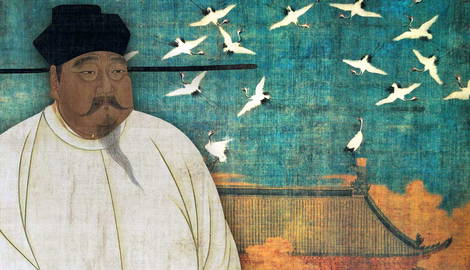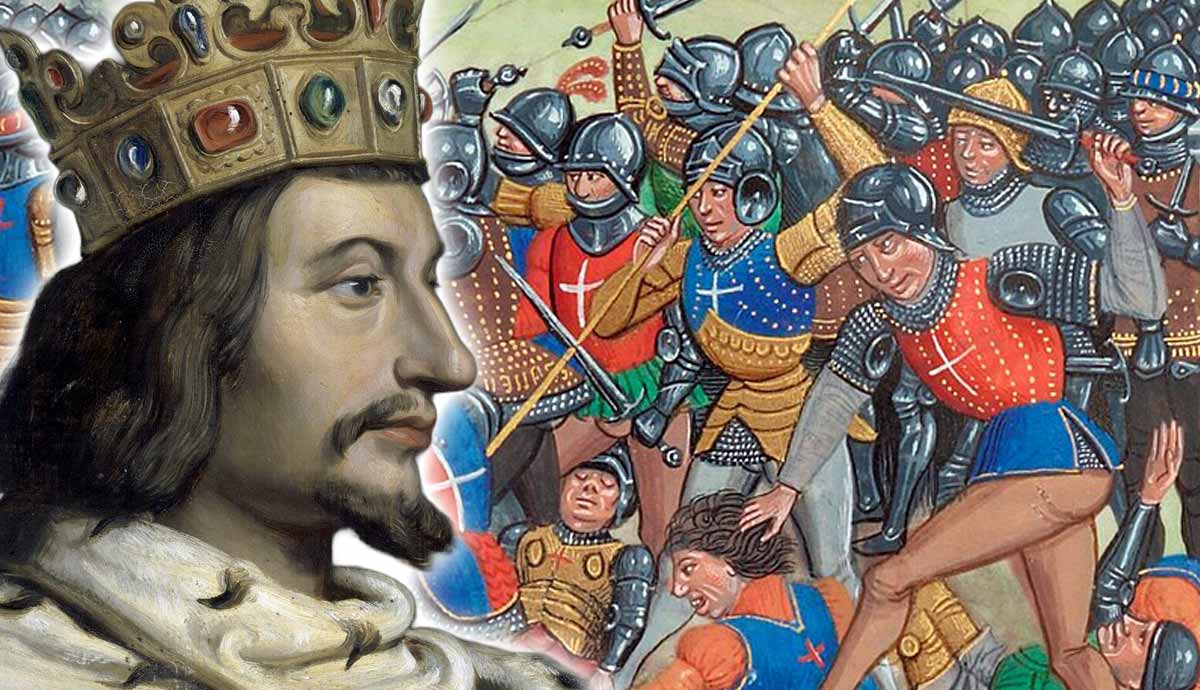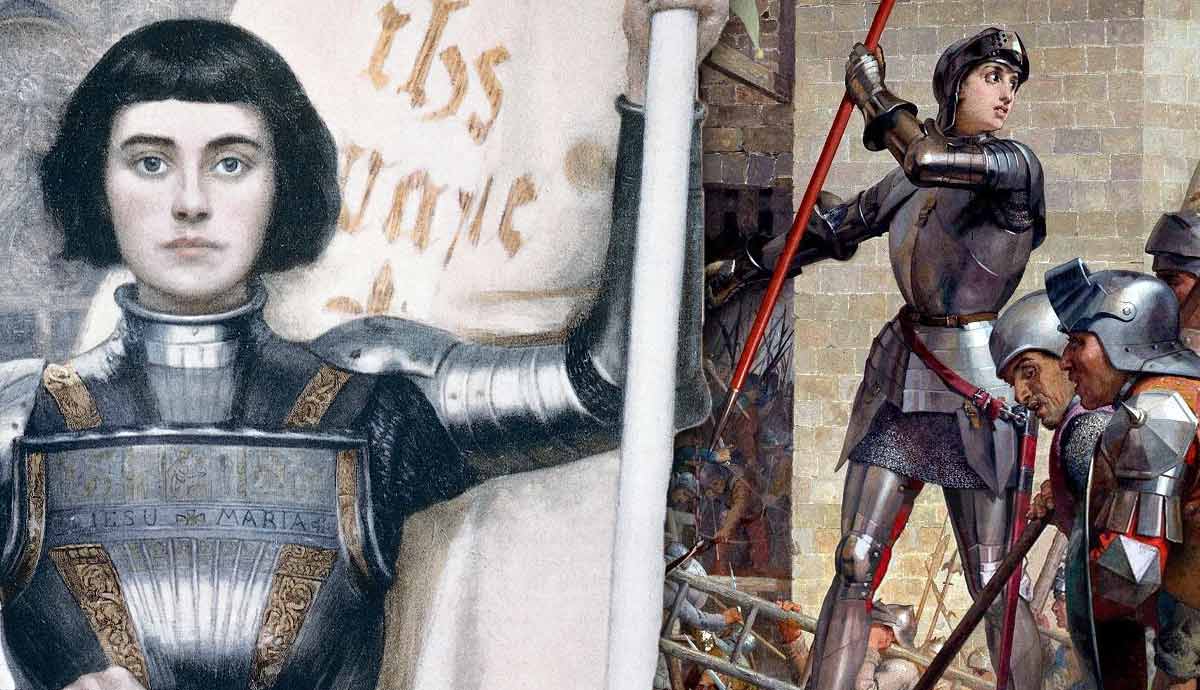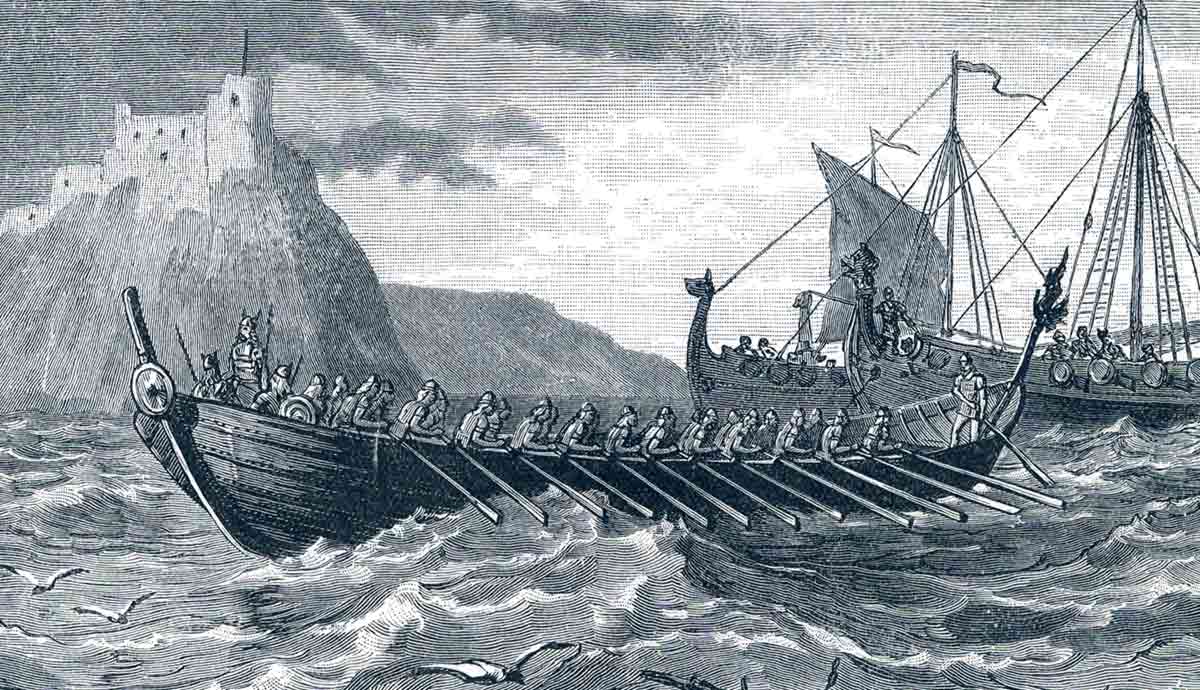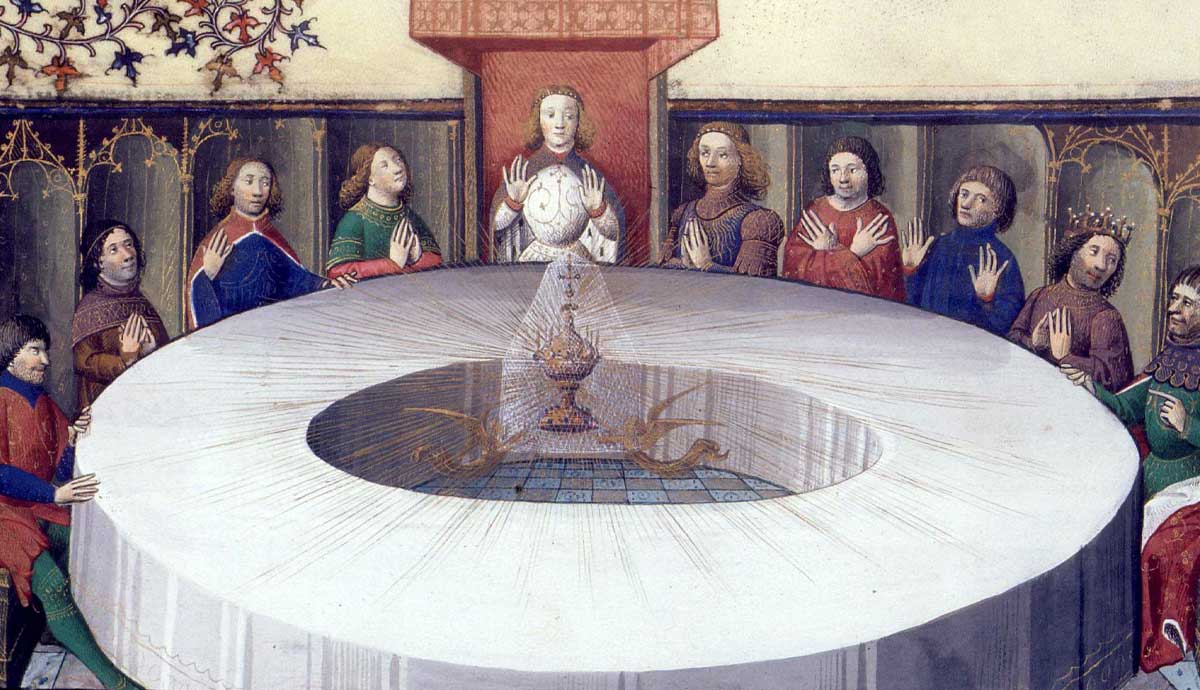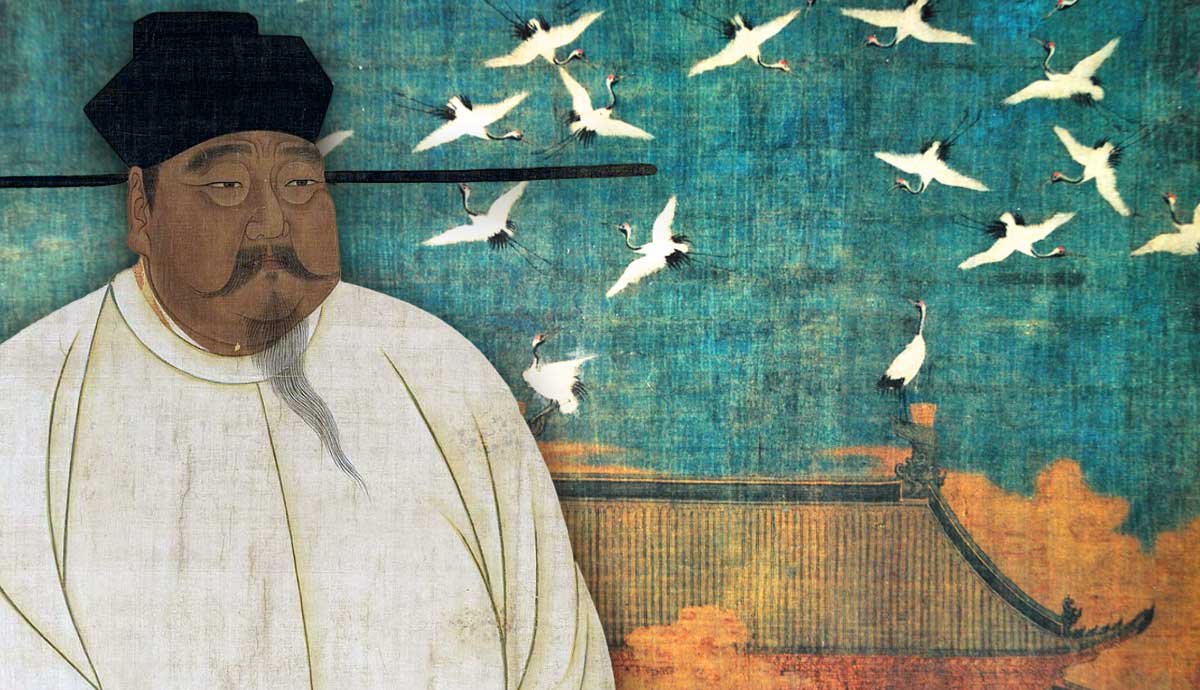
Of all the mighty Chinese dynasties—from the Shang to the Tang and the Ming to the Qing, few have rivaled the power and cultural impact of the Song. For over 300 years, the Song Dynasty ruled medieval China, overseeing huge expansion efforts and foreign policy changes before eventually succumbing to Kublai Khan’s Mongol-led Yuan Dynasty, which was originally perceived as a dark period in Chinese history. Read on to find out all about the incredible Song Dynasty.
The Beginnings of the Song Dynasty

China was experiencing a tumultuous period in its history at the founding of the Song Dynasty. The short-lived Later Zhou Dynasty was beginning to crumble, and a new period of Chinese history was about to be ushered in with the rise of the Song.
As with the transition between many dynasties in Chinese history, the beginning of the Song Dynasty started with the usurpation of the Later Zhou emperor’s throne. Zhao Kuangyin, who would go on to rule as the first emperor of the Song Dynasty under the name Emperor Taizu, usurped the Later Zhou ruler Guo Zongxun with assistance from military commanders in the year 960 CE.
Emperor Taizu’s first act was—like many before and after him—to unify China proper, after the last five decades of political turmoil. Of course, “unifying” in our terms generally meant suppression for victims of this type of “unification”—and conquests of major Chinese states followed, including the Northern Han, Southern Han, Southern Tang, Later Shu, and Nanping.
It was largely due to the tactical abilities of the Song military commanders such as Liu Tingrang, Cao Bin, Pan Mei, and Huyan Zan that these conquests were able to take place and extend the reach of the rising Song Empire.
It was at the city of Kaifeng, located in modern-day eastern China that Emperor Taizu formed his court and established his capital.
The Northern Song (960-1127)

The Song Dynasty was famously divided into two distinct parts, both of which played a crucial part in its history. These two parts were the Northern Song and the Southern Song, with the Southern Song forming in 1127 and lasting until 1279.
The Northern Song was founded in 960, by Emperor Taizu, when he usurped the throne and established his capital in Kaifeng.
Emperor Taizu was not just the first leader of the great Northern Song, but a skilled diplomat, too. He established the civil service examination system as a way of drafting bureaucrats by skill and merit, rather than by their family links or military position. Looking back, Taizu was years ahead of his time in doing this.
Taizu was also keen on expanding knowledge and technologies in the Northern Song Dynasty and did so by supporting scientific projects. These included funding huge detailed maps of his kingdom to understand the geography of each region better, as well as the astronomical clock tower which was built by astronomer and engineer Zhang Sixun.

From a foreign policy perspective, the Northern Song maintained good relations with contemporary empires, including the Fatimid Caliphate of Egypt, the Kara-Khanid in Central Asia, Chola India, and the Goryeo Kingdom in Korea to name just a few.
Interestingly, it was generally the Northern Song’s closest neighbors who they struggled with most—the Liao Dynasty in the northeast and Western Xia in the northwest constantly caused them to go to war with one another. It was not until 1005 that treaties were signed and peace was made between the factions.
From the mid-11th century onwards, the Northern Song Dynasty began to show signs of weakness. Criticism over the running of the Northern Song Dynasty saw political opponents jailed or murdered, such as Su Shi (1037-1101), a poet who had openly spoken out against Wang Anshi, a key governmental economist and advisor, (1021-86) and his reforms.
The Jin Dynasty and the Beginning of the Southern Song

One of the key components of the downfall of the Northern Song was a man called Cai Jing (1047-1126). He was appointed as a politician under Emperor Zhezong (r. 1085-1100), and he was often the root cause of political troubles. He encouraged Emperor Zhezong to pursue his political opponents and tolerate any corruption in the court.
Zhezong’s successor, Emperor Huizong (r. 1100-26), was actively encouraged by Cai Jing (who would remain in power until 1125) to focus on his passions for art and literature and neglect his imperial duties.
The weakness of the Song army led to the Jin-Song Wars—the Jin had formed as an offshoot of the Liao and was officially a rebel state known as the Jin Dynasty (1115-1234). The Jin army eventually managed to capture Emperor Huizong and his successor, Emperor Qinzong in 1127.
As a response, the remaining Song forces grouped together under the self-proclaimed Emperor Gaozong of Song and withdrew south of the Yangtze River, where they established a new capital at Lin’an (in modern-day Hangzhou). The loss of control of northern China led the Jin to believe that they had control over China proper, while the remaining Song members grouped together, forming the Southern Song Dynasty, also believing that they still had control of China proper.
The Southern Song (1127-1279)

Despite initial setbacks, the Southern Song managed to thrive with a strong economy, which in turn created a strong culture and identity.
Emperor Gaozong led the Southern Song from 1127 until 1162, and in these early years of the dynasty, he oversaw huge harbor and shipbuilding projects, both of which contributed to the booming Southern Song economy.
It was during this period (1132) that the Song established China’s first permanent navy, which was headquartered at Dinghai. This was to support their maritime interests not just in the Yellow Sea, but as far afield as the Indian Ocean and the Red Sea.
The establishment of a navy ensured that the Song had strong, well-built boats, and as such proved their prowess in naval warfare when they faced off against the Jin in 1161 at the Battle of Tangdao and the Battle of Caishi. The Jin ships had 70,000 men on 600 warships, while the Song had 3,000 men on 120 warships, but it was the Song who emerged victorious on both occasions, thanks to their use of gunpowder bombs catapulted from on-board trebuchets.
However, the Song faced an even more significant foe in its later years than the Jin: the Mongols. The Mongols had successfully invaded the Jin under the leadership of Genghis Khan in the early 13th century and had been forced to pay tribute to the Mongols as vassals. However, by 1234, both the Jin and the Western Xia had been fully conquered by the Mongols, leaving only the Southern Song.

Initially, the Song had been allied with the Mongols, but this alliance came to an end when the Song invaded the former imperial capital of Kaifeng, following the collapse of the Jin Dynasty. Kublai Khan came to the rescue of the Mongols, blockading the Yangtze River from 1268, and by 1271 he had established the Yuan Dynasty—the only Mongol-led dynasty in Chinese history.
By 1276, the majority of Song territory had been captured by the Mongols (1271 is generally accepted as the start date of the Yuan Dynasty), but following the Battle of Yamen on March 19, 1279, the Yuan army finally crushed the last remains of the Song army, formally ending the Song Dynasty, and ushering in the age of the Yuan Dynasty, which would go on to rule China until 1368.
Culture in the Song Dynasty

Often regarded as one of dynastic China’s most culturally rich periods, the Song Dynasty saw an explosion of culture, from poets to artists and much more.
The Song Dynasty gave birth to arguably the greatest Chinese poet in history, a woman named Li Qingzhao (1084-c. 1155), who, along with her husband Zhao Mingcheng, wrote hundreds of poems and essays, often centered around ancient Chinese artifacts, such as those from the Shang and Zhou dynasties.
Historians of the Song were very keen to preserve their past, and Song Qi and Ouyang Xiu were both responsible for compiling the New Book of Tang, which provided a comprehensive history of the preceding Tang Dynasty, over the course of ten volumes and 225 chapters.
However, perhaps the biggest elements of cultural significance in the Song Dynasty were the advancements in science and technology. Few other Chinese dynasties have come close to the sheer amount of scientific advancements of the Song Dynasty.
It was during the Song Dynasty that movable type was introduced in China, some 300 years before Johannes Gutenberg invented the printing press in Europe. This made the spread of information and communication much quicker than it had been before.
As mentioned earlier, gunpowder became a key invention during the Song Dynasty (although invented by the Tang), and it worked wonders during their wars with the Jin Dynasty in the 1260s.
The introduction of paper money helped to boost the economy, and this was something that Kublai Khan employed during the Yuan Dynasty after seeing its success in the Song.
The Legacy of the Song Dynasty

The Song Dynasty changed China in a multitude of ways. However, rather than being remembered as two separate dynasties, the Northern Song and the Southern Song, it should instead be remembered as one mighty dynasty covering two distinct periods: the early years of the Northern Song which were heavily characterized by warfare, and the later years of the Southern Song which saw a stronger economy and more ways to deal with constant warfare, such as the establishment of China’s first permanent navy.
Culturally, the Song Dynasty gave birth to some incredible figures: Emperor Gaozong, Li Qingzhao, Cai Jing, and Emperor Taizu to name just a few—all of whom contributed to the success (or downfall) of the Song in significant ways.
The culture that was fathomed in the Song Dynasty would go on to inspire Kublai Khan when he formed the Yuan Dynasty in 1271—he famously employed Han Chinese workers to his court and took great inspiration from his years in China, and being surrounded by Chinese culture.
While many view the Song Dynasty as a dark period between the mighty Tang Dynasty and the Mongol-led Yuan Dynasty, it should instead be remembered as an inspiring, culturally rich, golden age of Chinese culture.
